My friend L from Beijing has come and gone for a quick visit to Hong Kong. I took him around town to take a look at various older shops here, and drank some interesting things along the way, such as an aged baimudan that’s quite good and some 40+ years old tea seeds that have an interesting fragrance to them. If you look hard enough, you can find interesting things in all kinds of places.
L also brought some things himself, including a cake that he sells, made by the same people who were behind 12 Gentlemen cakes that I tried in 2006. They have now moved to a different philosophy of tea making, and L recently went on a trip in Yunnan with them, visiting their own maocha production facility (they only buy fresh leaves, not maocha) and talking to the producers. The idea behind the cakes is that the cakes are produced with the intent to minimize the aroma and fragrance. As L quotes the maker of the tea, “beginners drink tea with their nose, experienced drinkers drink with their mouth, and the connoisseurs drink with their body”. They’re taking it to the next level, so to speak, by trying to make teas that don’t possess fragrance or aroma, and in so doing taking out the distractions. More on their tea another day.
This is by no means a unique insight -Â I have both heard similar things from others, and have also witnessed this myself. It is indeed true that beginners tend to drink with their noses – fragrance, above all, is what they focus on. This explains why jasmine is a perennial favourite of so many casual tea drinkers, and why a light oolong or green teas tend to be “gateway” teas that get people in the door – they’re fragrant and they’re nice to drink. Then, as you progress through the collection of more experience and the like, you start learning about the nuances, and the mouth comes into play – the body of the tea, whether it stimulates the various part of the mouth, the tongue, whether it is smooth, etc. Then finally, you get to the point where you are drinking the tea with your body, where the taste, the fragrance, etc are all less important than how it makes you feel. You can call it qi, even though I dislike the opacity of the word because it means little to those who hasn’t experienced it, or you can call it energy, or whatever you fancy. Yes, every tea has qi of some sort, although I don’t think many will actually be strong enough for you to experience it. In fact, any time a vendor talks too much about qi it is probably a sign that s/he is up to no good, and the tea is really not very good at all, which is why I prefer not to use the word at all – it needlessly adds to the learning curve and there’s a high potential for the Emperor’s New Clothes here.
Yet it is true that beyond a certain point, what distinguishes between a good tea and a great tea is the energy the tea has. Fragrances can be manufactured – they’re mostly the product of the post-plucking processes and can be easily manipulated by the tea processor who’s skillful enough to do the deed. It is much harder to fake energy. The best teas will give you a sensation of a current running through your body, but not in a way that makes you nervous, jittery, or uncomfortable. The 1997 brick I tried recently that made everyone at the table feel jittery was not a good tea in that sense – it was not something I’d consider drinking any time soon, if ever. On the other hand, genuine, good old tree teas tend to provide that energetic sensation in a way that is pleasing and comfortable. It’s hard to describe it, but once you’ve tried it you won’t forget it.
So with that in mind L brew me some tea. We tried a number of things over the course of two days – one of the produced cakes, some maocha they collected (with him seeing in person the entire process from plucking onward) and also a number of other things. The cake that they produced was, indeed, very bland in the “no fragrance, no taste” sort of way, but it does interestingly enough have some decent energy. He insists on drinking the tea quietly, without comments, which of course helps you focus on the tea in question, but once again, might cause an Emperor’s New Clothes problem.
I think in general this is a good idea – experimentation, even failed ones, are probably good for tea in general. Someone who has a new idea and who wants to produce a tea based on it, and actually having the ability and the skills to do so, should be encouraged to do his best. I still remain a bit skeptical of the end product, but I certainly applaud the general direction in which they’re going. I would also much prefer to drink their bland tea than a newly produced tea using boring old plantation leaves. Now, if someone can figure out how to satisfy all three parts, then you’ve got the perfect tea.

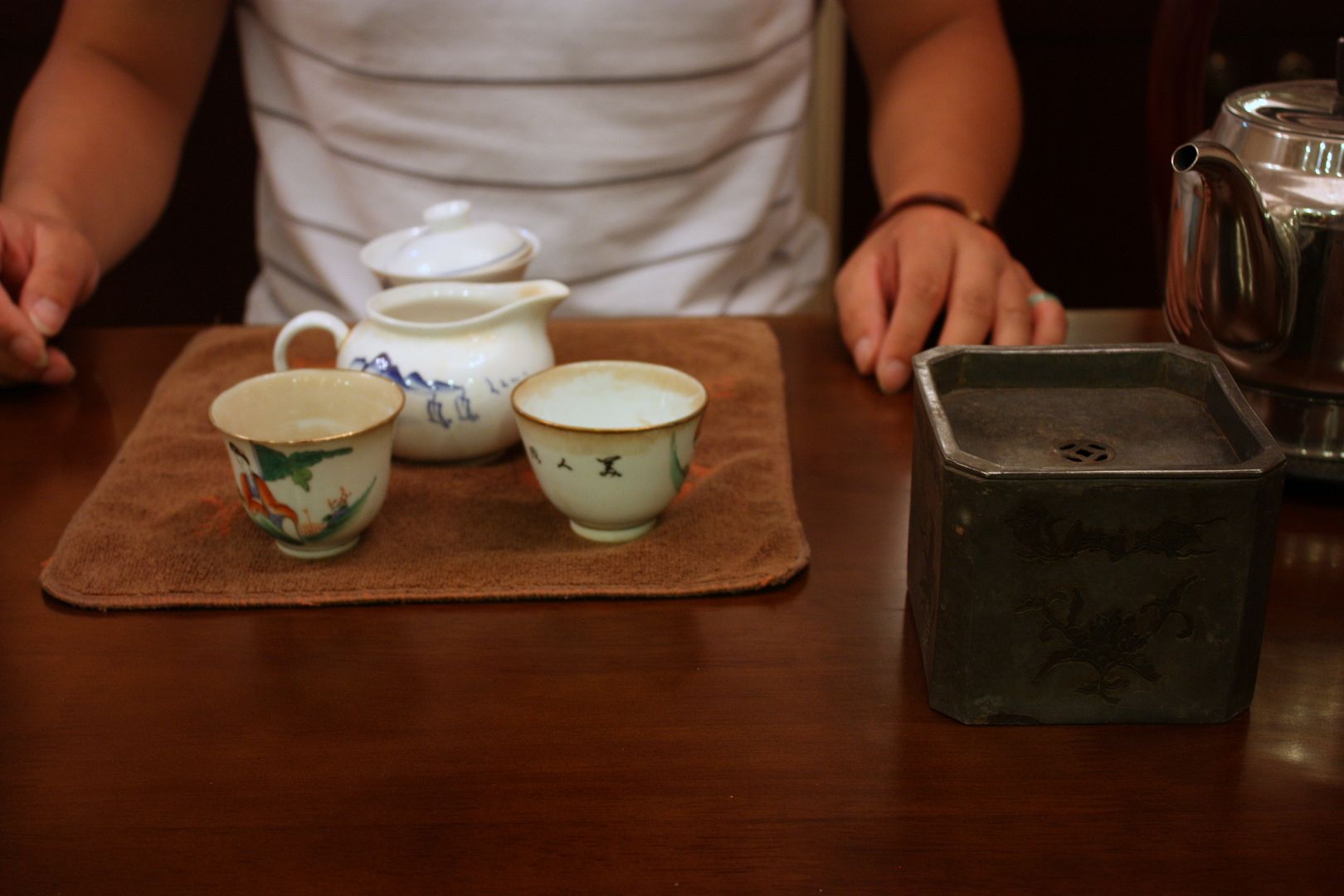
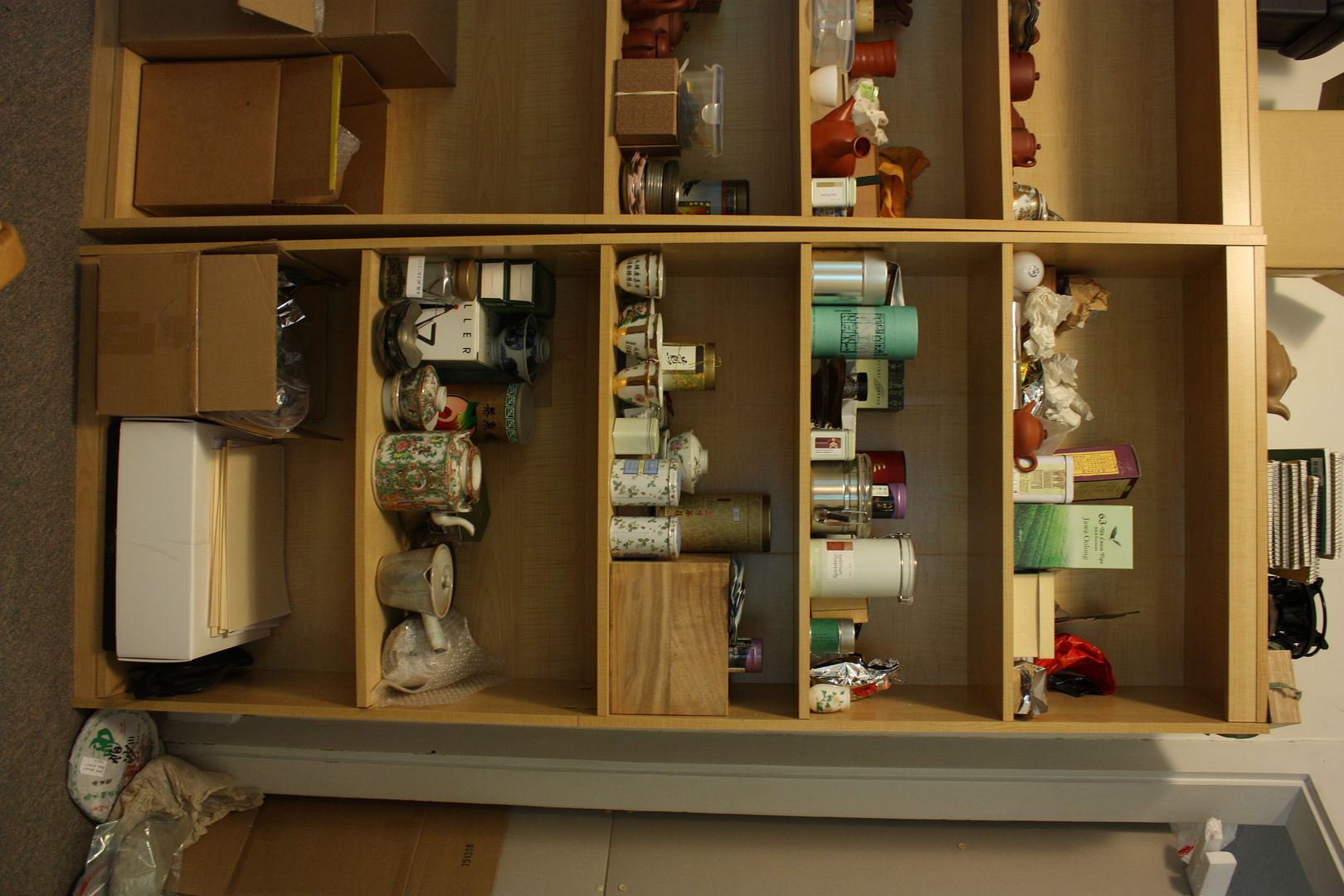
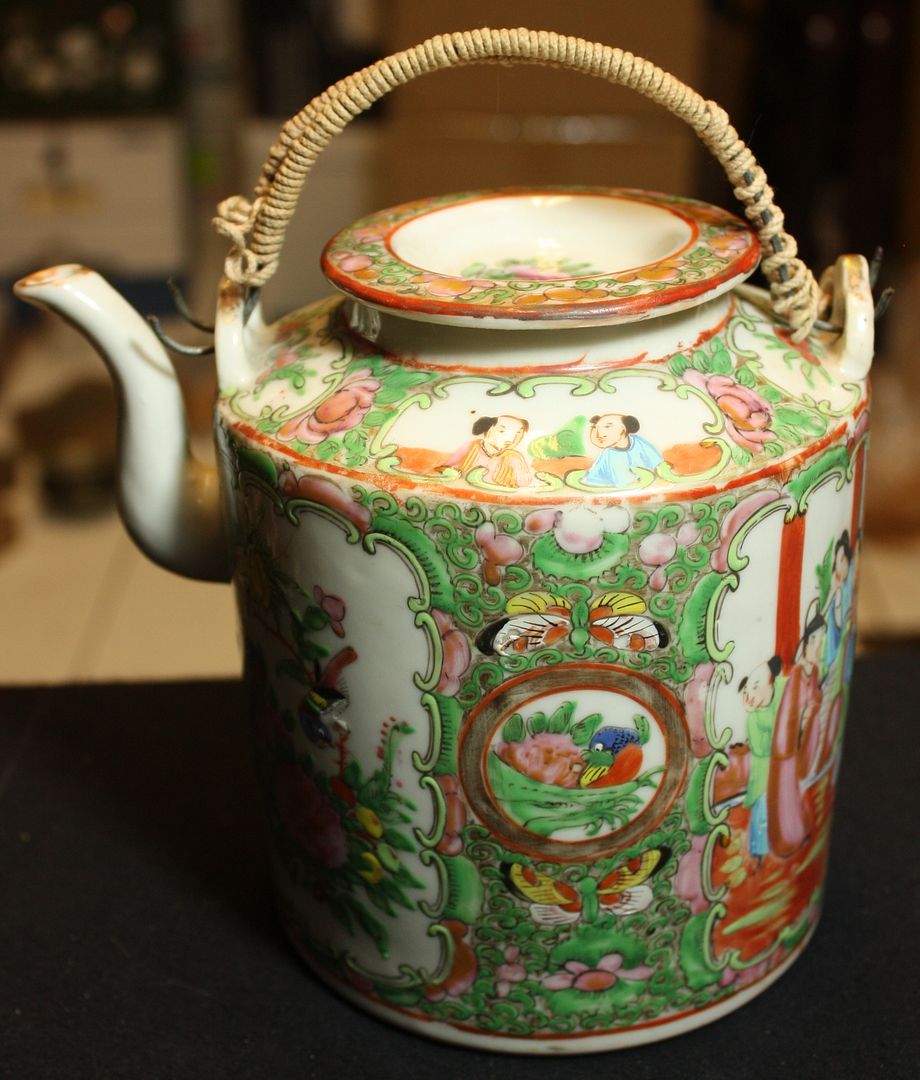
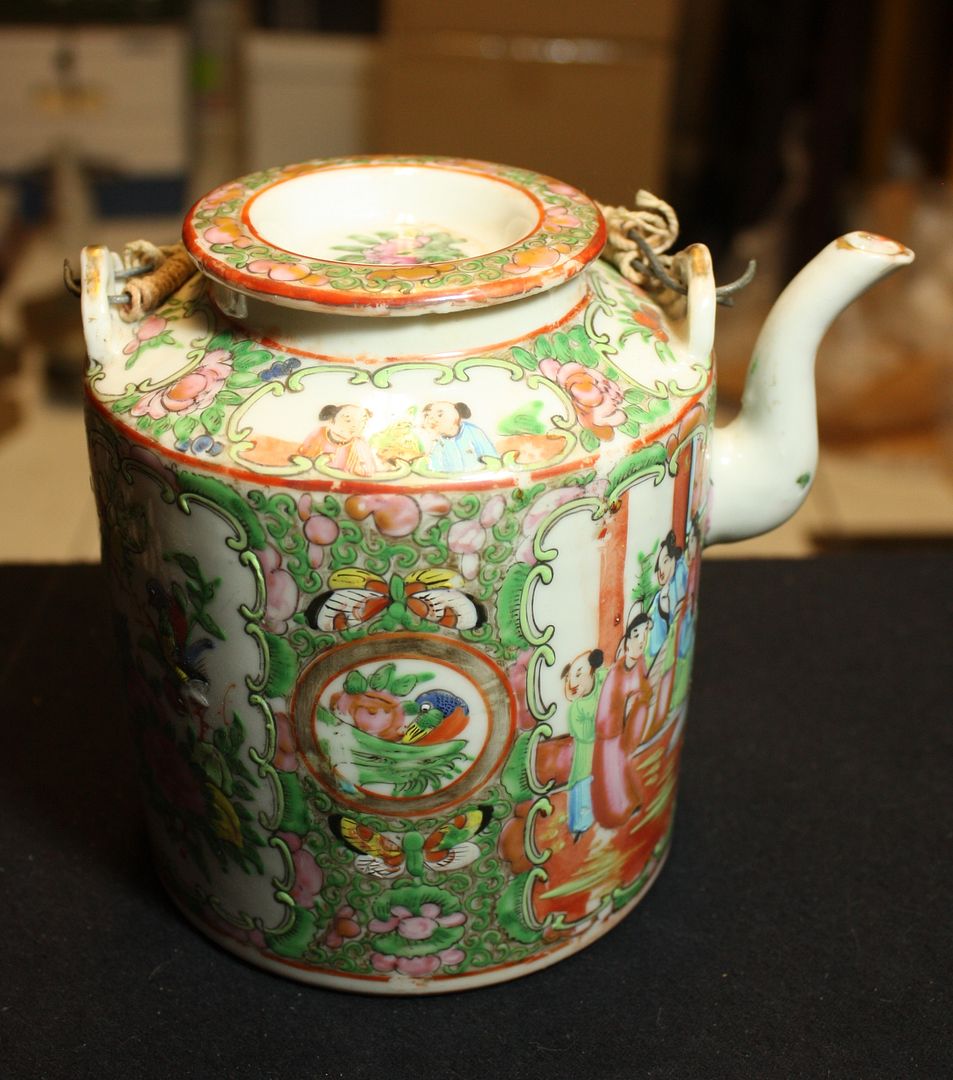
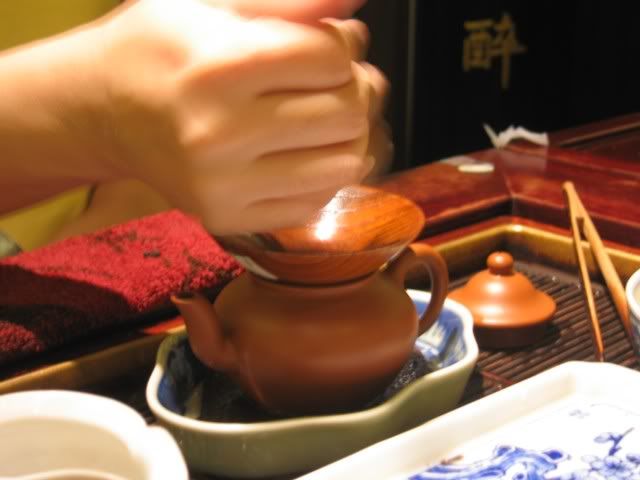
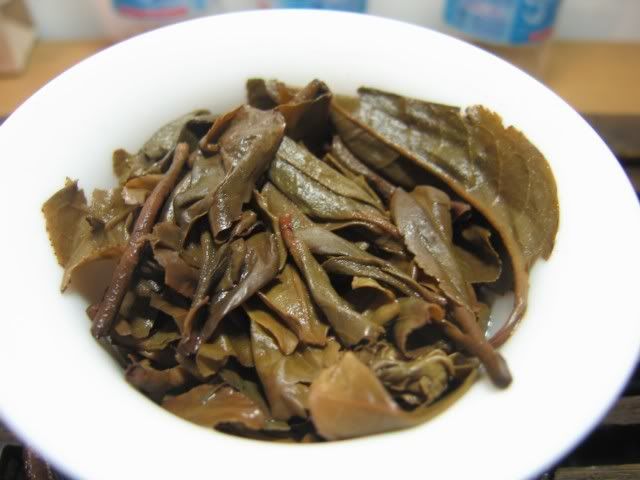
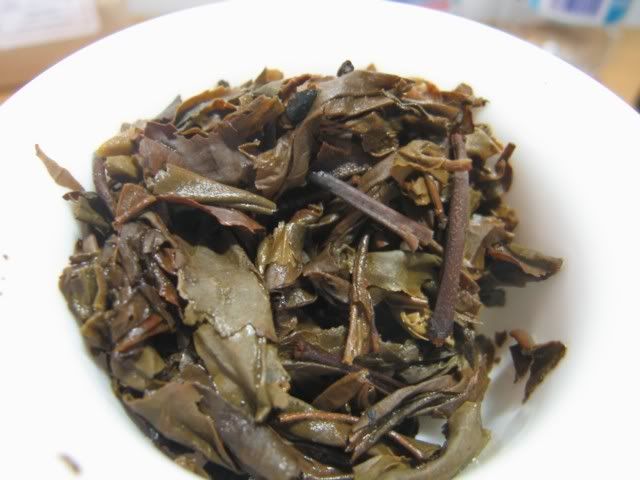
 RSS - Posts
RSS - Posts
I took you at your suggestion and have been reading some of your old post-Covid posts. I haven’t been to…